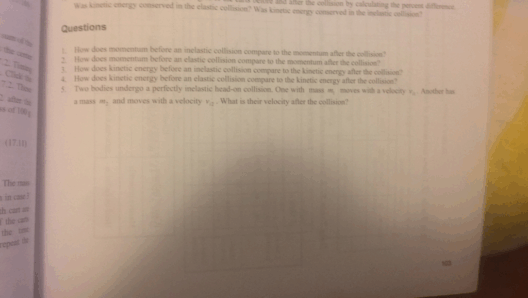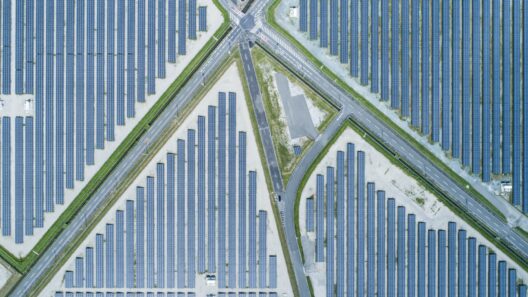In an age of climate change and escalating energy costs, the imperative to conserve energy at home is growing ever more crucial. Daily household activities contribute significantly to our carbon footprint. Small changes can yield substantial savings—not just in energy bills, but also in our collective environmental impact. Below, we explore six easy DIY projects that can be initiated with minimal investment and effort, all aimed at enhancing energy efficiency.
1. Seal Windows and Doors for Thermal Efficiency
One prevalent observation among homeowners is the discomfort stemming from drafts and temperature fluctuations. Inefficient sealing around windows and doors often leads to wasted energy as heating and cooling systems struggle to maintain a constant temperature. Utilizing weatherstripping and caulk can create a hermetically sealed environment. Consider starting with a quick inspection of both the interior and exterior framing of windows and doors. Place your hand near edges to detect cool air; where you feel a breeze, apply weatherstripping or caulk generously. This simple act can bolster the thermal efficiency of your home, translating into a more comfortable living space while reducing energy consumption.
2. Install Programmable Thermostats
Another common frustration is the challenge of maintaining optimal indoor temperatures without excessive energy expenditure. Programmable thermostats offer a remarkable solution by allowing for precise temperature regulation. These devices can be set to lower temperatures during the night or when the house is empty, thus preventing the HVAC system from working harder than necessary. The installation process is straightforward and can typically be completed within a few hours. Not only do programmable thermostats provide convenience, but they also optimize energy use, yielding savings on monthly bills while minimizing your environmental footprint.
3. Embrace Energy-Efficient Lighting
Lighting is an essential component of any home, yet it often consumes a considerable proportion of energy. Traditional incandescent bulbs waste a lot of energy in the form of heat, making them an inefficient lighting choice. Transitioning to LED bulbs offers a transformative solution. These bulbs consume significantly less energy and have a longer lifespan than their incandescent counterparts. By opting for LEDs, you not only enhance energy efficiency but also reduce the frequency of bulb replacements, thereby lowering waste. Initiating a phased replacement of all incandescent bulbs in your home can lead to marked reductions in energy consumption and, subsequently, lower greenhouse gas emissions.
4. Utilize Smart Power Strips
Many households overlook the concept of phantom loads—energy consumed by devices when they are switched off but still plugged in. This hidden energy drain adds up over time, warranting attention and action. Implementing smart power strips can counteract this phenomenon. Unlike traditional strips, smart strips can detect when devices are in standby mode and cut off power automatically. This functionality not only simplifies the task of managing multiple electronics but also helps mitigate unnecessary energy consumption. Consider replacing your standard power strips gradually to maximize efficiency in your electronic devices.
5. Reduce Hot Water Consumption
Hot water represents one of the largest energy expenses in a home, often unnoticed until it affects the budget. Simple adjustments can have a profound impact on hot water usage. Begin by encapsulating water heaters with insulating jackets, which can significantly cut down on the amount of energy needed to maintain optimal temperatures. Additionally, consider installing low-flow showerheads and faucets. Such fixtures reduce water consumption without compromising performance. Even adjusting your water heater’s thermostat to a comfortable yet efficient setting can lead to notable energy savings. These minor alterations exhibit your commitment to energy conservation and can substantially reduce your home’s overall energy demands.
6. Implement a Home Energy Audit
Understanding where energy is squandered requires an analytical approach. Conducting a home energy audit serves as an invaluable tool in identifying inefficiencies within your living space. This audit involves checking for air leaks, inadequate insulation, and assessing appliance efficiency. Various online resources offer checklists or guidelines for conducting thorough evaluations. Alternatively, consider enlisting professional services for a more extensive assessment. Post-audit, you will gain insights into specific areas to target for improvement. This strategic approach empowers homeowners to implement corrective measures effectively, thereby maximizing energy conservation efforts.
In summary, the responsibility for combating climate change extends to individual households. Implementing these six straightforward projects can significantly reduce energy consumption, resulting in lower utility bills and a diminished carbon footprint. By taking these proactive steps, homeowners not only enhance their dwelling’s energy efficiency but also contribute positively to our planet’s health. The journey toward a more sustainable lifestyle begins with small, manageable changes. Each project provides a unique opportunity for engagement—a chance to make a visible impact while cultivating a deeper understanding of the urgent need for energy conservation.








